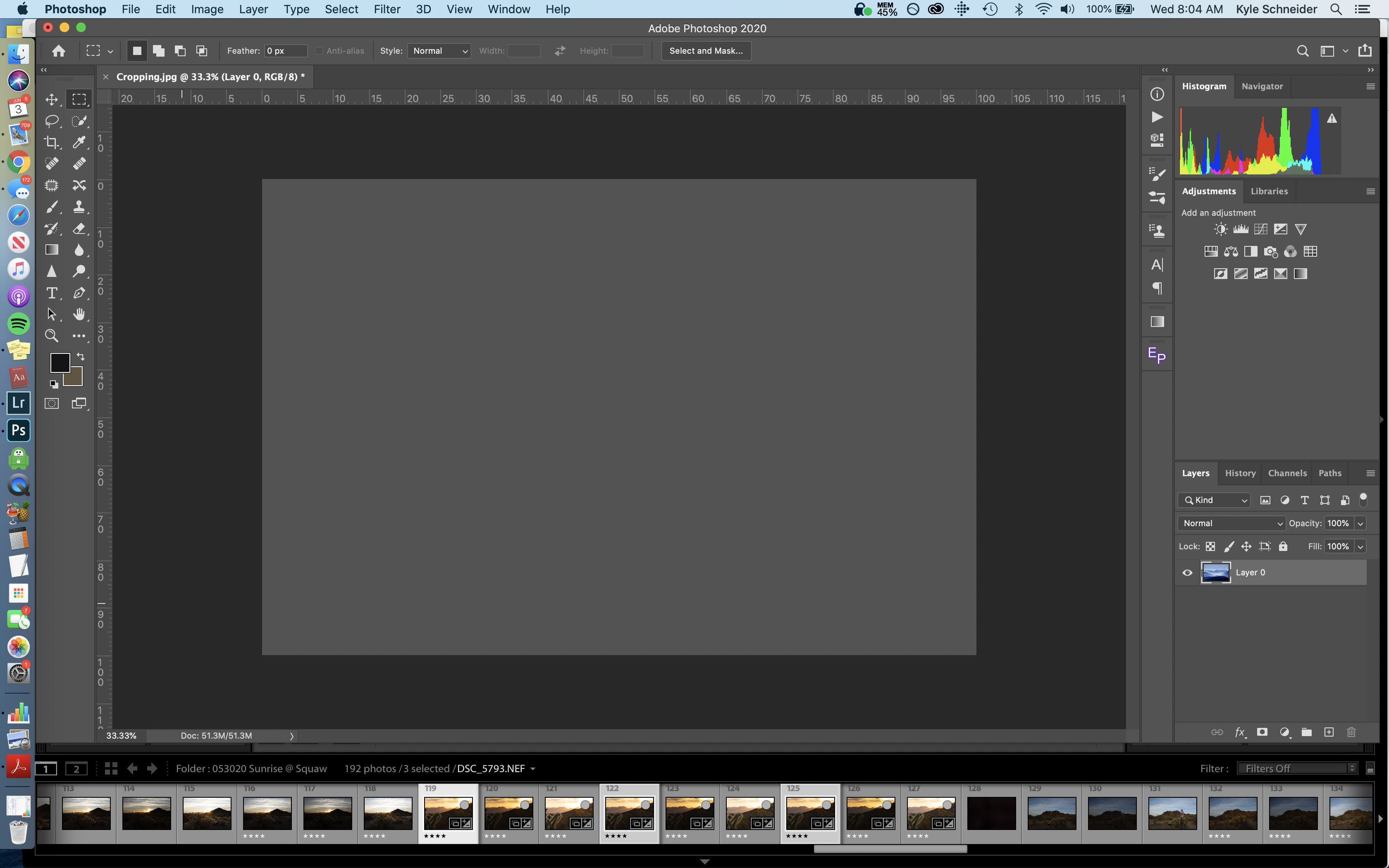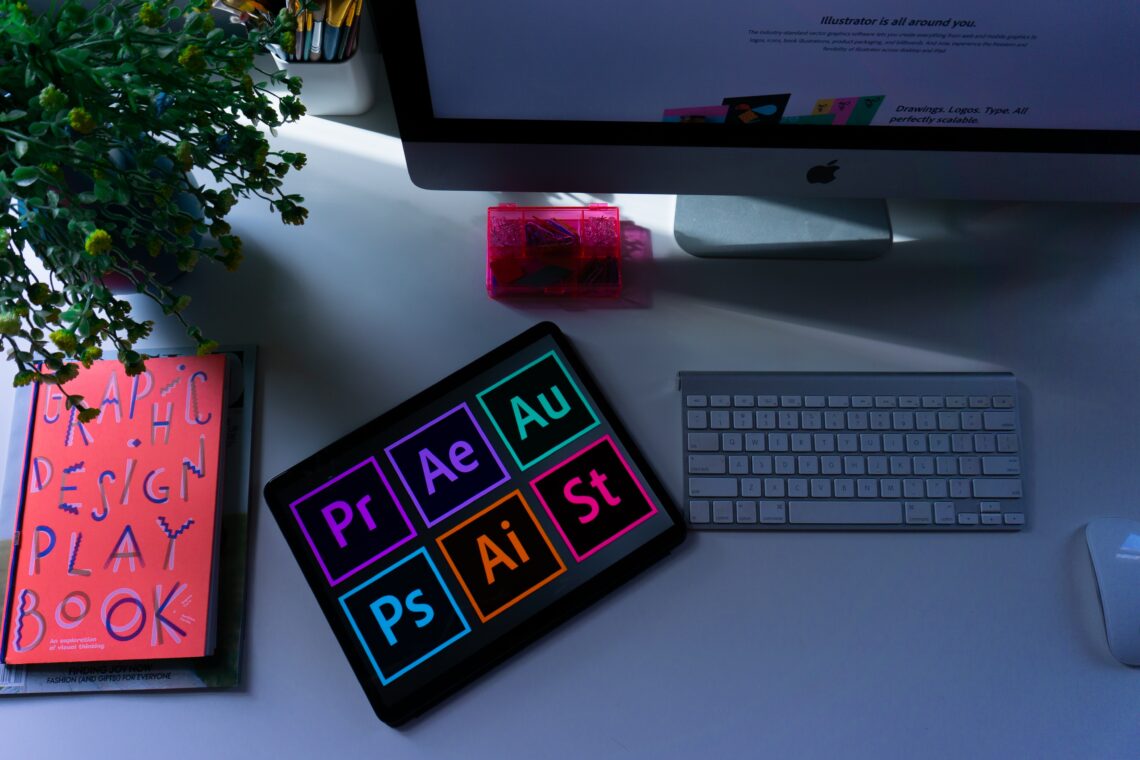PR design is an incredibly intricate and detailed field that requires an incredible attention to detail and audience attitudes when promoting a product, idea, or organization. There are many different tools that a designer may use when creating a successful PR design, but two of the most useful programs are Adobe InDesign and Adobe Photoshop. These two programs allow PR designers to accomplish many tasks, and both programs are essential to a successful and seamless design.
Adobe InDesign
Adobe InDesign is a program that brands itself as a layout and publishing software. In InDesign, public relations practitioners can create well-formatted documents using the tools available to them on the toolbar. InDesign allows practitioners to create intricate margins on designs, fitting each addition to the document within these parameters. Within these margins, practitioners can add text, images, lines and colors among many other elements.
Tools of the Trade: What InDesign Offers
One of the most useful tools Adobe InDesign offers is the “rectangular frame” tool. When using this tool, designers can lay out grids that each of their components can fit into, including text, lines, images and graphics. The tool has an “auto-fit” component that crops the image to fit into the rectangular frame, allowing the layout to maintain a sense of consistency.

This program is unique because it allows for practitioners to space out components on the page equally, allowing for a sense of consistency in both digital and print media.
Playing with Photoshop
Photoshop can be a daunting tool for many designers, but it is quite useful. According to Adobe, Photoshop can be used for creating graphic and digital design, digital art, logos, and photo editing.

In Photoshop, designers can upload media and edit it accordingly to fit their needs. There are many different tools available in Photoshop. For example, the “Move” tool allows designers to move different components on the page, including layers and guides. These guides and layers allow designers to save their work before making changes, keeping the same consistent layout throughout the design. While complicated, learning how to use Photoshop allows practitioners to personalize their work and create stunning designs!
Using InDesign and Photoshop
Learning to use these programs can be very daunting for public relations practitioners, but there are many resources available to those looking to learn. On LinkedIn Learning, there are many training courses that cover the basics of navigating both InDesign and Photoshop. David Blatner offers a comprehensive course on the fundamentals of InDesign in his video titled “InDesign: Learn the Fundamentals” on LinkedIn Learning. This video covers many of the different tools offered on InDesign and an overview of how to use them to successfully create designs. Many other resources such as Adobe Tutorials and online blogs can also help practitioners get a grasp on the ins and outs of InDesign.
The Role of a Designer
While Photoshop and InDesign are two powerful programs that give designers creative liberty to make incredible designs, it is the job of the designer to utilize the tools at hand effectively. For example, a designer could follow their creative eye and add different components at their own liberty, but it is important to understand the role of different elements before simply integrating them into a design.
Color is one of the most intricate tools a practitioner can use while creating a design. While eye-catching and fun, too much color on a page can be a headache for viewers. Learning the balance between a simple pop of color and the negative space on the page can create a powerful design.
Another important element designers can incorporate into their work is scale. Playing with the scale of the typography, shapes, and lines gives the design a sense of depth and importance.
While Photoshop and InDesign can feel daunting and complicated, there is a plethora of tools to understand the ins and outs of these programs. When learning about these important programs, remember – it is equally as important to understand how to use the tools at hand and how to incorporate different components into your work carefully to create an eye-catching design.






Comments by Lindsay Moynihan